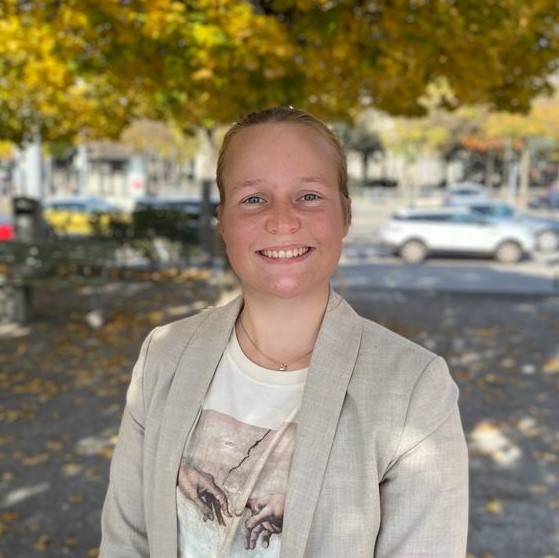Simulations
To understand how high-redshift galactic structures evolve into the galactic features we see today, I have been using high-resolution zoom-in simulations such as GigaEris and Phoebos. These advanced N-body and hydrodynamical simulations will allow us to investigate how early cosmic structures develop into key components like gaseous discs and stellar bulges. GigaEris is like a detailed microscope, zooming in on the formation of a Milky Way-sized galaxy halo. The simulation employs a modern implementation of smoothed-particle hydrodynamics, including metal-line cooling and metal and thermal diffusion. This simulation helps us focus on how galaxies assemble in their early stages, going down to redshift z = 4.4.
These high-resolution zoom-in simulations will need to be complemented by large-scale simulations to capture the broader environment, especially the influence of massive galaxy clusters and their interactions at these high redshifts, one such simulation that can be used is the Phoebos. This simulation will act as a broader view, covering a larger uniform volume of the cosmos. It’s like a wide-angle lens, examining the cosmic web and structure formation in a significant volume from an earlier redshift of z = 249.
Combining these simulations help us with gaining insight into the formation of galaxies, illustrating the transition from fundamental elements such as stars and gas to more complex baryonic structures, including the formation of the nuclear star cluster and/or the formation of stellar discs at high redshift galaxies.
